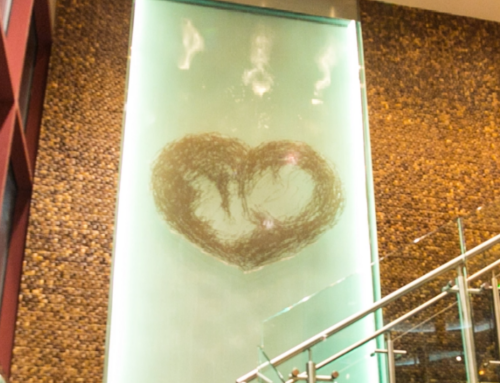There is a great deal of research going on in the IVF world on sperm quality. For the past 20 years, most of the research has been done on oocytes (eggs,) but now there are new tests to better determine sperm quality. About a year and a half ago, researchers at Yale University came out with a new test, called the PICSI Sperm Selection Device.
The main area of interest with this is when a couple is using ICSI to fertilitize the eggs. This involves directly injecting the sperm DNA into the egg. Traditionally, a trained embryologist picks the best looking sperm for this procedure. The goal of the PICSI dish is to give the embryologist a test to see which sperm is the best. The scientific theory behind this, is that the best sperm bind better to the Hyaluronan on the dish. Their tests appear to confirm this. Hyaluronan is a naturally occurring biopolymer in humans. The data coming from the company appears to confirm the science behind the device. Hopefully, it will be proven over time in the general fertility community.
This could be a very useful test for couples, as many couples opt to have intrauterine insemination (IUI) done, rather than IVF. In many cases, this is appropriate, but in some cases, a couple could be letting valuable months go by. One other use of this test is to determine if the male partner has good quality sperm. If very few of the male’s sperm bind to the plate, it is very predictive that they will be unsuccessful with either natural intercourse, or IUI. If this is the case, they would be better off to do IVF with ICSI, using one of the few sperm that actally bind. One way to look at it, is that they may only have 2% of their sperm binding and it is unlikely that such as few number of “competent” sperm could achieve the feat of traveling through the cervix, up the fallopian tube and fertilizing an egg. We will be offering this test at Red Rock Fertility in the near future.
I will try to address some of the economics and emotional issues that go along with failed fertility treatments in my next post.



